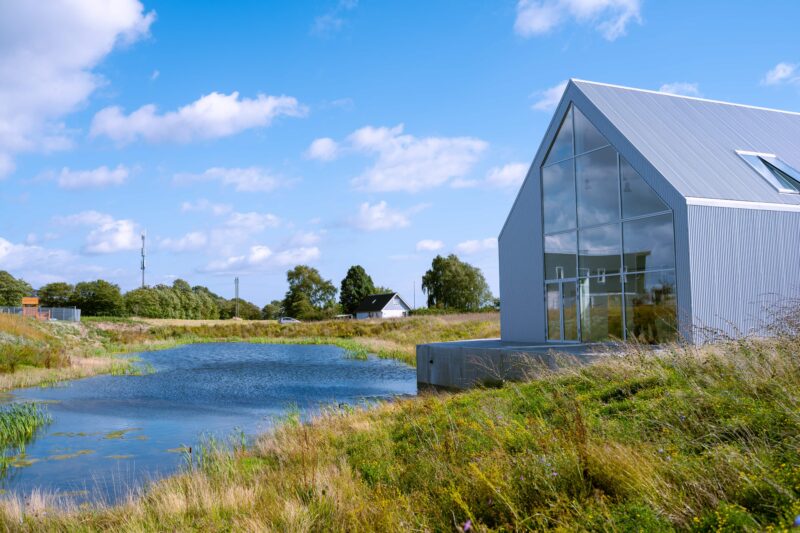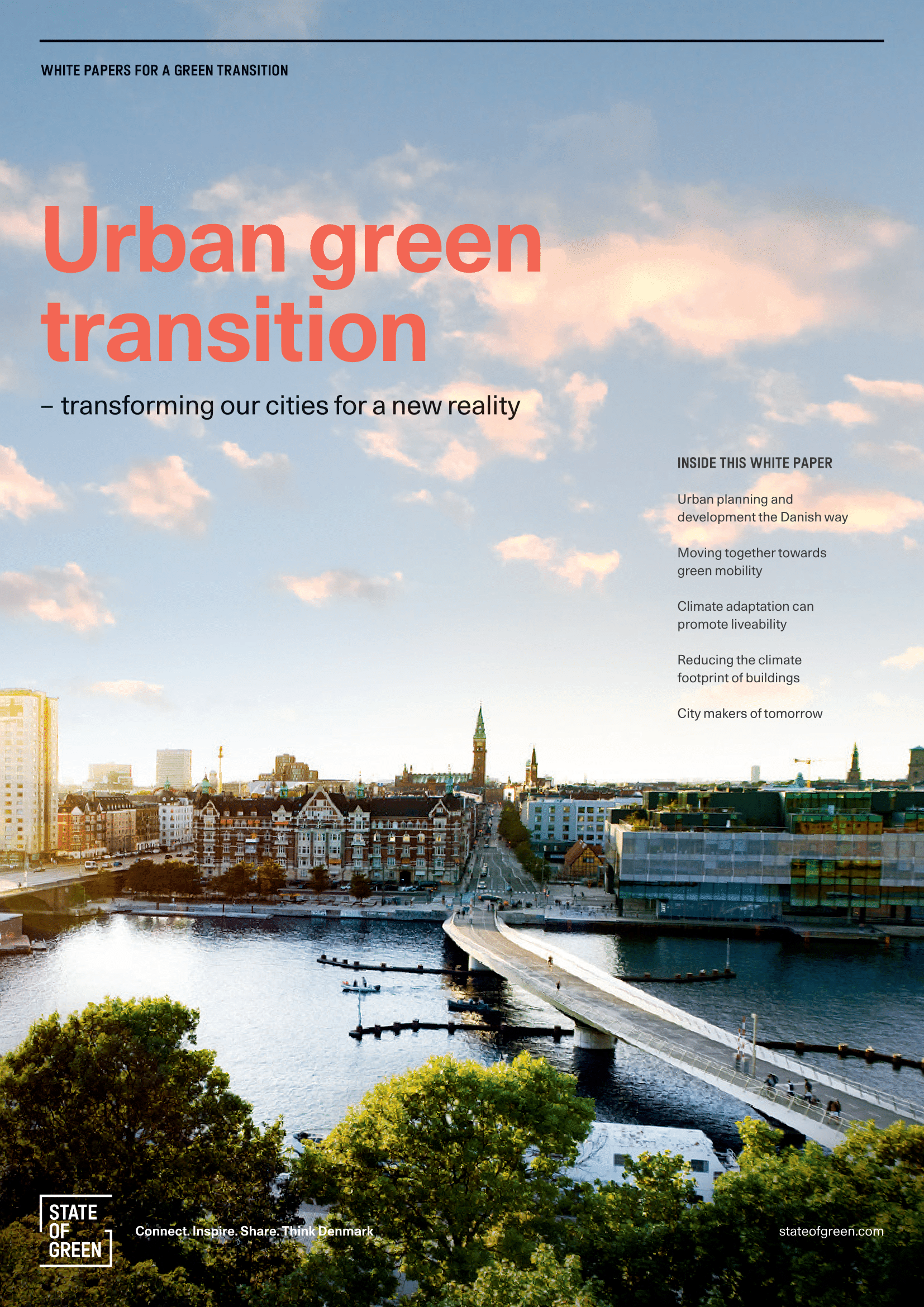Solution provider

We have extensive knowledge of the operation of various facilities, establishment of organisations, analysis, tendering, planning, project management, training and commissioning of facilities.
Case
Groundwater management
Biodiversity
Drinking water treatment
+1


We have extensive knowledge of the operation of various facilities, establishment of organisations, analysis, tendering, planning, project management, training and commissioning of facilities.
Add the case to your visit request and let us know that you are interested in visiting Denmark
Invisible to the naked eye, groundwater – the water found underground in soil, sand, and rocks – constitutes 99 % of the world’s freshwater. Groundwater is a key source of drinking water, supplying approximately 49 % of the world’s population. It is also used heavily for irrigation purposes and crop production, thus ensuring food security. Furthermore, groundwater also plays a vital role in protecting biodiversity and adapting to climate change.
However, groundwater resources are being depleted and subject to contamination via pollution or saltwater intrusion. The situation is exacerbated by the fact that global water use is expected to grow by 1 % annually for the next 30 years according to the UN[1]. Managing and protecting groundwater as well as grappling with increased demand is therefore imperative. Doing so will ensure clean drinking water for generations to come and adequate groundwater supplies to fulfil multiple needs.
[1] The United Nations World Water Development Report 2022 https://unesdoc.unesco.org/ark:/48223/pf0000380721/PDF/380721eng.pdf.multi
Denmark is not immune to the challenges of groundwater. Therefore, a new suburb in Aarhus, Denmark’s second largest city, is aiming to consume water in a more aware manner. A suburb known as ‘Nye’, which is the Danish word for new, has been designed to set new standards within environmental, financial, architectural, and social sustainability. Consisting of approximately 10,000 residences, Nye will combine the feeling of living in an urban area with the sense of being close to nature. The first inhabitants moved into Nye in 2018, and the project is expected to be completed by 2028.
Environmental sustainability is linked to the essence of Nye. This means that Nye is designed to utilise rainwater as a resource and minimise the use of groundwater. Already prior to developing the first residences, analyses using drones and computer simulation were conducted regarding water flows in the area to assess how intelligent water management could take place in the new suburb.
A method was subsequently developed to amass the rainwater collected from roofs, roads and green areas and use it to flush toilets and wash clothes. This is important, given that measurements conducted by the local water utility, Aarhus Water, reveal that these two activities are responsible for 40 per cent of a household’s water consumption.
Instead of collecting rainwater in underground pipes, rainwater is channelled into specific drains and canals that lead to a rainwater lake. The water is then collected and treated at a local water treatment facility. The water is initially subject to physical filtration through a pressure filter system. The special combination of multi-media filters provides in-depth filtration, where impurities are collected through the entire filter material, ensuring high water quality and optimal operating conditions. This results in reduced energy consumption. As part of the second step of the process, the water is subject to ultrafiltration, which removes particles even as minute as 0.001 mm. Any microorganisms will also be filtered out and the facility acts as a physical barrier against bacteriological contamination. Prior to household distribution, a UV disinfection system acts as an additional safety barrier. Ultraviolet light (UV) with a special wavelength can effectively limit microbiological growth (bacteria, viruses, algae, and fungi) in the water by breaking down the DNA of microorganisms. A specific pipe then directs the rainwater to the households, which can then be used to flush toilets and for washing clothes. A separate pipe ensures that groundwater flows through to taps in the residences.
While utilising rainwater in households is not new, Nye is one of the first examples where a central solution operated by a utility, utilising rainwater in households has been developed.
Nye is also unique in several other ways. Firstly, the suburb is the first in Denmark to reuse rainwater for flushing toilets and doing laundry. Secondly, Nye manages to merge water management, rainwater resources and climate adaptation into one integrated solution. Water resources are managed sustainably and by virtue of its design, where excess amounts of water are channelled into recreative areas such as canals and lakes, Nye will be able to cope with cloudbursts that arise as a result of climate change. Thirdly, by using rainwater in this manner, groundwater consumption is reduced by 40 %.
The shift to using so-called secondary water rather than drinking water for tasks such as flushing the toilet or doing laundry helps preserve scarce groundwater resources so that they can be used for life saving for drinking water. Doing so is prudent, given that the population of Aarhus is expected to expand by 50,000 in the coming years. Furthermore, by developing a centralised solution where treated rainwater can be utilised for everyday functions, Nye can serve as inspiration to water professionals aiming to implement groundwater saving measures in inhabited buildings. Finally, the solution helps fulfil the UN Sustainable Development Goals on clean water and sanitation.
Contributors:
Tækker Group provides services in engineering, project development, real estate, new construction, and renovation.
COWI, CEBRA, TERRITORIUM, LABLAND, Aarhus Vand, Interreg North Sea Programme

This case is a part of the white paper “Urban Green Transition”. Discover Denmark’s plans for transforming our cities for a new reality.
Explore the white paper